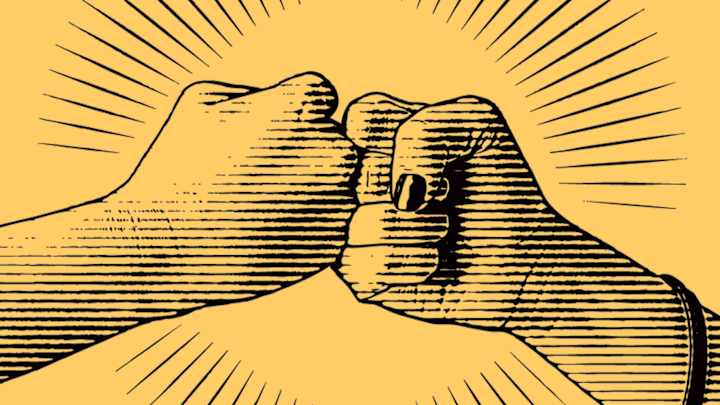This term for an equitable agreement is easy to define: a square deal is a fair deal. Perhaps that rhyme helped this expression succeed, but in any case, a square deal is the opposite of a deal that is bad, raw, or rough.
This phrase emerged in the late 1800s. The first known use is from 1895 in Century Magazine: “I guess it ain’t quite a square deal between her and you.” In other words, someone is getting screwed. A truthful statement incorporates the term in a 1928 example from Britain’s Industrial Future: “It is impossible to get whole-hearted effort from men unless they are satisfied that they are getting a ‘square deal’.”
In Vanity Fair in 2018, Doris Kearns Goodwin wrote about the patron president of this term: “[Theodore] Roosevelt looked to the future with what he called a ‘Square Deal’—for the rich and the poor, the capitalist and the wageworker.” A square deal is that elusive situation that benefits all.

Indeed, the most common association with square deal is likely Theodore Roosevelt’s domestic agenda of 1903. The Encyclopedia Britannica defines the term like so:
“[A] description by U.S. Pres. Theodore Roosevelt (served 1901–09) of his personal approach to current social problems and the individual. It embraced Roosevelt’s idealistic view of labor, citizenship, parenthood, and Christian ethics."
Roosevelt began using the phrase regularly at least one year earlier. When speaking to a group of Black citizens in Butte, Montana, in 1902, he talked about fighting alongside Black soldiers in the 9th and 10th Calvary in Santiago de Cuba, saying, “If a man is good enough to have him shot at while fighting beside me under the same flag, he is good enough for me to try to give him a square deal in civil life.”
He also applied the ethos of a square deal to labor relations. “That the motto of ‘fair play for the working man and a square deal to every American, whether employer or employee’ is as good a one as could possibly be desired,” Roosevelt wrote in a 1903 letter.
The Progressive Party (a.k.a. the Bull Moose Party) also adopted the square deal idea when it chose Roosevelt as its candidate in the 1912 presidential election. It’s a powerful political slogan, which is probably why it is still remembered to this day. A square deal appeals to the near-universal desire for fairness. Everyone fears and loathes the raw deal, so the opposite is always appealing.
On vs. Off the Square
But why is the square associated with fairness? Etymologist Michael Quinion has some relevant observations on the square being the most sincere and trustworthy shape:
“If you are ‘on the square,’ you’re honest or sincere, an idea that turns up in other idioms, such as ‘square deal.’ It may be from a square being an uncompromisingly straightforward shape, but a link with Freemasonry has been plausibly suggested. For masons, a square was a key instrument for accurately measuring a 90° angle, those of the corners of a square (also called ‘right angles’ because they were the correct or true ones), so that a structure ‘on the square’ had been properly built. Similarly, anything ‘off square’ had something wrong with it.”
The composition of the square is almost comically, well, square, with four equal sides implying equality and four right angles implying correctness, with no room for slants.
Think about the meaning of slant as synonym for an opinion, bias, or point of view. The square’s lack of slants, or god forbid, curves, is a perfect figurative representation of straightforwardness. A square deal plays it straight, or at least is advertised as doing so. Who could resist?
Read More Stories About Language:
